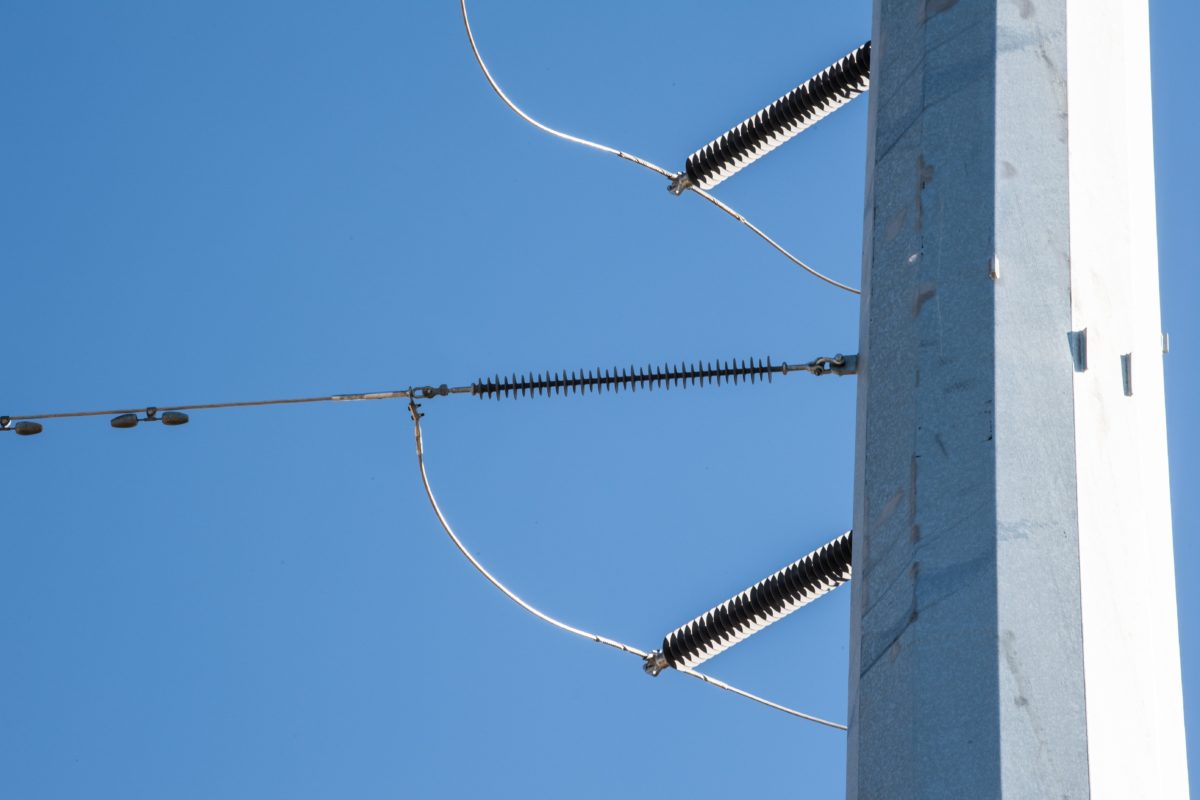LG Energy Solution said it would replace, at its own cost, lithium-ion battery cells used for certain energy storage products that were manufactured between April 2017 and September 2018. The replacement program comes after overheating incidents were reported.
The company said in a statement that it determined that there were issues in the early production processes for electrodes used in potentially affected batteries. Reports said the batteries were produced at the company’s Nanjing factory in China. The replacement program could cost around $350 million.
New batteries will incorporate manufacturing process improvements. The company said it also will implement remote modifications to reduce the potential for overheating while owners wait for their replacement units. LG Energy Solution also will update its battery diagnostic and control software. And it said that field inspections will also be undertaken to monitor and minimize the potential for further incidents.
The company said it “will continue to take preemptive action to ensure that customer safety remains its highest priority.”
News reports said that Korea’s Ministry of Trade, Industry and Energy set up a joint public-private committee in 2019 to investigate the fires and found that some cells had manufacturing defects such as poor cutting, plate folding, and poor material coating. Last December, LG Energy Solution launched a voluntary recall in the U.S. of “RESU” batteries sold from 2017 to March 2019.
In an April 2019 accident involving one of the company’s utility-scale lithium-ion battery arrays at an Arizona Public Service location, a thermal runaway event in a lithium-ion cell triggered a chain of events that led to an accumulation of gases in the container that housed the batteries. Those gases exploded when first responders opened an access door to investigate reports of smoke coming from the container. Two firefighters were seriously injured in the explosion.
In a report released in late July, the utility and its third-party investigator said that evidence pointed to the failure of a single lithium-ion cell as triggering the events. LG Chem challenged that finding, saying that the utility’s report missed a number of details about the accident. Those details indicated, LG Chem said, that the cell thermal runaway began due to “intense heating” caused by a heat source “such as external electrical arcing” on one of the battery racks.
In March, LG Energy Solution said that it planned to invest more than $4.5 billion over the next four years to expand its battery production capacity in the U.S. by 70 GWh. The expansion would give the company a total production capacity of more than 110 GWh in the U.S. In April, Ultium Cells LLC, a joint venture of LG Energy Solution and General Motors, announced a more than $2.3 billion investment to build a battery cell manufacturing plant in Spring Hill, Tennessee, to serve a nearby GM production line.
Speedway Solar hits the gas
Duke Energy has started work on the 22.6-MW Speedway Solar power plant in Cabarrus County, northeast of Charlotte, North Carolina.
The project will be owned and operated by Duke Energy Sustainable Solutions, a recently announced commercial brand that includes Duke Energy Renewables. The power plant will use about 77,000 Jinko bifacial modules with single-axis tracking. The plant is slated to enter commercial service by the end of 2021.
The facility’s design, procurement of inverters, balance of plant systems and construction of the project will be performed by Swinerton. The solar power generated by Speedway Solar will be delivered through a 20-year power purchase agreement.
Energy storage bill advances
Connecticut’s Senate passed a bill that would deploy 1,000 MW of energy storage by the end of 2030.
Senate Bill 952 establishes goals, program requirements, and authority to procure energy storage. It also directs the state’s Department of Energy and Environmental Protection to report back to the legislature’s Energy and Technology Committee annually on progress toward achieving the goals.
Targets aim for 300 MW by the end of 2024 and 650 MW by the end of 2027. The state’s Public Utilities Regulatory Authority would be required to open a proceeding by the first of next year to develop and implement programs and funding mechanisms for storage connected to the electric distribution grid.
Energy storage would be included at residential, commercial and industrial (C&I), and front-of-meter locations.
PPA for Colorado solar project
Guzman Energy signed a power purchase agreement with Primergy Solar for energy from a proposed 155 MW Hesperus Solar Project in LaPlata County on Colorado’s western slope. Energy from the array, which would be built on 1,500 acres, would serve customers in western Colorado and New Mexico. The project is slated to enter service by the end of 2023.
This content is protected by copyright and may not be reused. If you want to cooperate with us and would like to reuse some of our content, please contact: editors@pv-magazine.com.









Happy that Colorado will be getting another 155MW. Big project for my state. Especially since it is outside Xcel territory. This is La Plata Electric Association which is trying to break free from Tri-State. There are 5 others electric co-ops trying to get out from Tri-State.